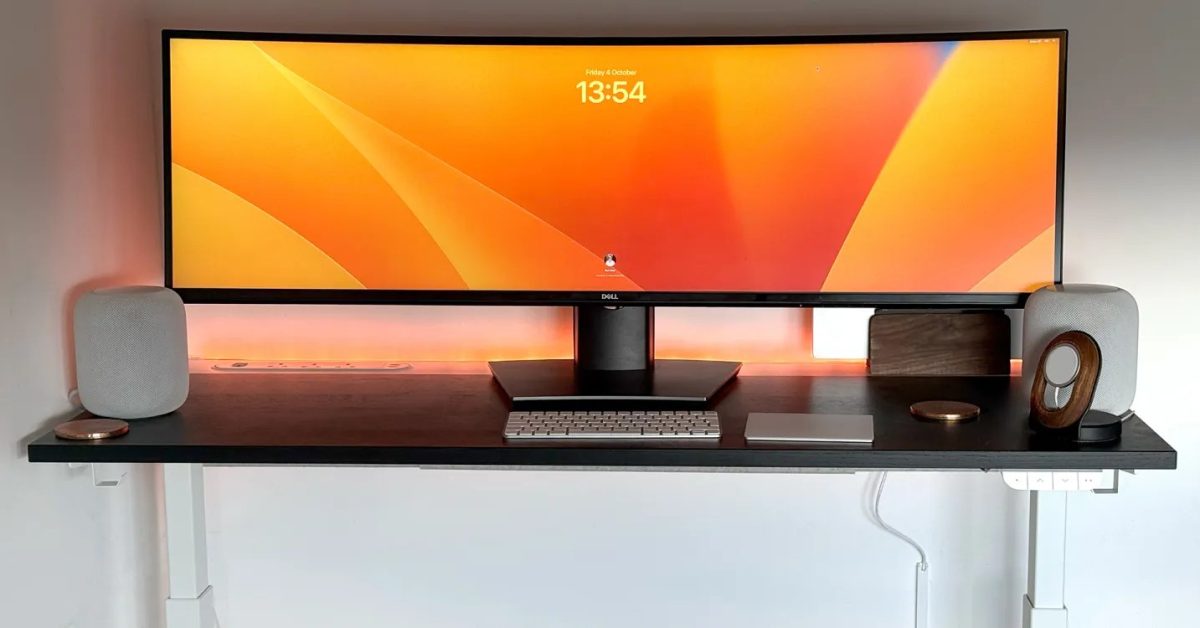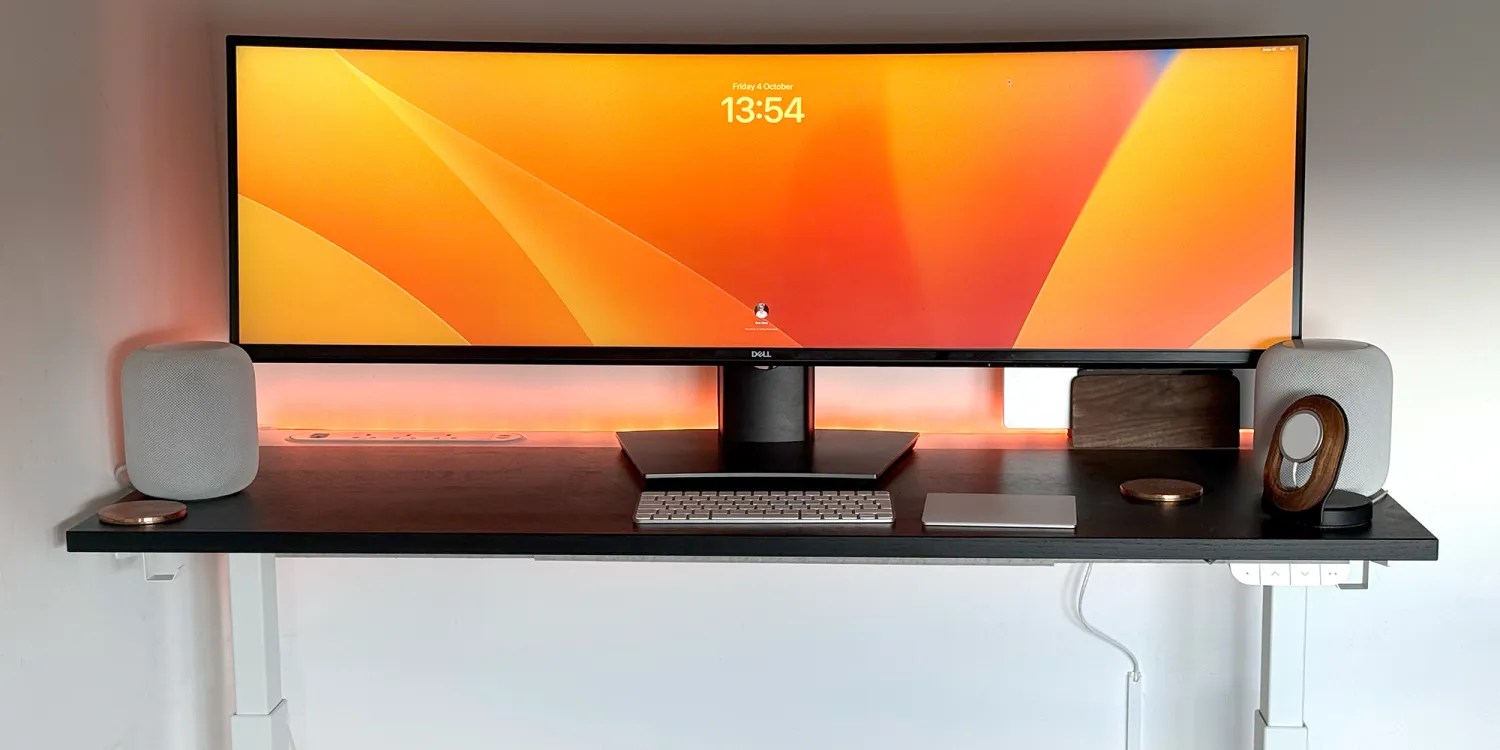

Apple has been one of the most vocal supporters of the benefits of regularly standing up during the working day.
The company encourages standing once an hour via Apple Watch alerts, and it also made sit-stand desks a standard fitment in its Apple Park campus. CEO Tim Cook even cited the “sitting is the new cancer” phrase which has proven so controversial …
The phrase was widely criticized as dramatically overstating the risks of sitting and the benefits of standing, with a great deal of argument about the extent of any medical evidence for either.
In particular, studies have suggested that the biggest problem is not whether we are sitting or standing, but rather the amount of time we spend stationary.
But as Wired notes, one large-scale new study does seem to support the contention that spending a certain proportion of your working day standing has health benefits.
The researchers tracked the health data of a little more than 83,000 people in the UK over an average of about seven years. During the study, participants wore a wrist-based accelerometer device for at least four days. The devices were calibrated to determine when they were sitting, standing, walking, or running during the waking hours. With that data, the researchers linked their sitting, standing, and stationary (combined sitting and standing) times to health outcomes in their medical records.
The study found that being stationary for long periods of time significantly increases your risk of orthostatic circulatory disease, whether sitting or standing. But it found that the risk was lower with standing, and while sitting increases your risk of cardiovascular disease too, standing doesn’t.
The researchers found that when participants’ total stationary time (sitting and standing) was more than 12 hours per day, risk of orthostatic circulatory disease increased 22 percent per additional hour, while risk of cardiovascular disease went up 13 percent per hour.
For just sitting, risks increased every hour after 10 hours: For orthostatic circulatory disease, risk went up 26 percent every hour after 10 hours, and cardiovascular disease risk went up 15 percent. For standing, risk of orthostatic circulatory disease went up after just two hours, increasing 11 percent every 30 minutes after two hours of standing. But standing had no impact on cardiovascular disease at any time point.
In summary, then, your best bet is to move move – buf if you are stuck at your desk for long periods of time, then spending some of your time standing is safer.
Lower disease risks are not the only reason to consider a sit-stand desk, however – I found three pleasant surprises when I made the switch, and would never switch back.
Photo: 9to5Mac
FTC: We use income earning auto affiliate links. More.
Discover more from reviewer4you.com
Subscribe to get the latest posts to your email.





